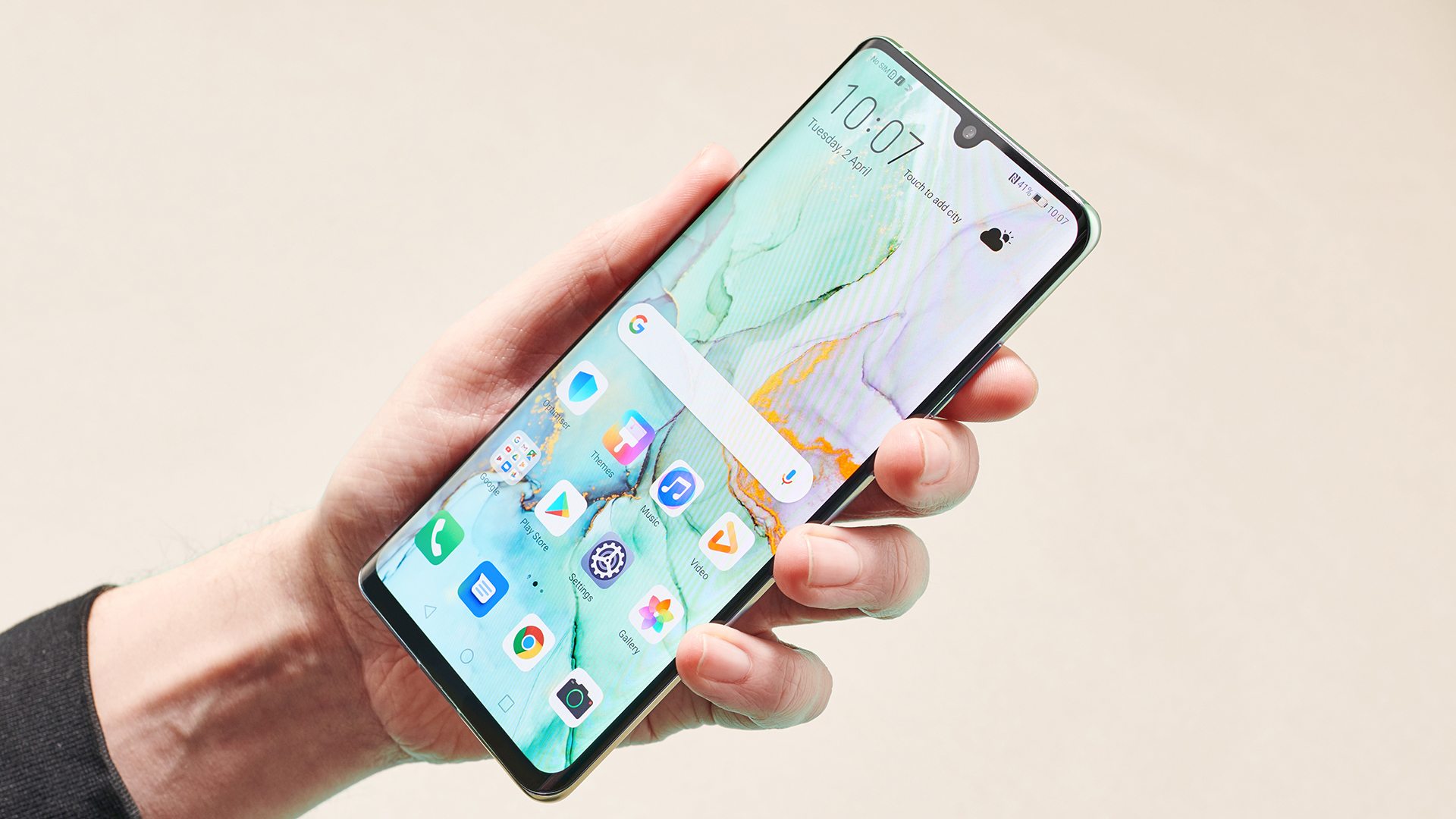Huawei's new operating system, HarmonyOS, is official, ready to beat Android if necessary
It can switch quickly from Android

HarmonyOS, Huawei’s new cross-device operating system, has been announced by its CEO, Richard Yu at HDC 2019, the company's Developer Conference in Dongguan, China.
Clearly a thinly-veiled response to political events over the last year, the message is clear - if Huawei needs to ditch Android, down the line, it can.
For the time being though, this is a smart device operating system leading the charge alongside other unified operating systems such as Google's Fuscia.
HarmonyOS (previously codenamed HongMeng) is a platform designed for a variety of devices, and is currently aimed at IoT devices such as smart displays or smart home equipment.
- The full story of the Huawei ban so far
- Our ranking of the best Huawei phones
- When is the Huawei Mate 30 Pro coming?
Given the political situation between the US and China and the impact it’s had on Huawei’s access to Android over the last year, it’s little wonder that the brand is presenting a defiant, confident stance.
At the same time, Yu refrained from committing to any switches from Android just yet.
Huawei claims that with the rise of the IoT device, a more efficient operating system is needed. With these IoT devices packing less memory and storage than smartphones, they need significantly more streamlined code, and for 100 lines of Android code, you could just have one line of HarmonyOS code.
Sign up for breaking news, reviews, opinion, top tech deals, and more.
Despite this, HarmonyOS is still able to deliver powerful functionality across devices.
By taking a 'single kernel across devices approach', Huawei also aims to create a shared ecosystem, break through silos and in turn save developers time. One app can be deployed across a car head unit, smartwatch, fitness tracker and speaker, working perfectly.
Remember Windows Phone?
We’ve seen something similar before, most notably on Windows Phone, which had a shared Kernel with Windows 10. While that wasn’t a hit, Huawei’s could have a silver bullet in its gun - Android compatibility.
HarmonyOS will start life as a TV OS - Huawei Vision, with Richard Yu confirming that it would be featuring on an Honor announcement on day two of the developer conference - likely Honor TV.
This will create opportunities for seamless casting and fluid across devices, so a user could be on a video call on their phone, cast it to a TV in the kitchen, then continue it in the living room. After that, they could take a phone call, moving from room to room, with the call following them around jumping from one smart speaker to another.
HarmonyOS will also feature on watches, speakers and car head units down the line, but isn't limited to these device categories. What’s more, it’s open-source, with Huawei releasing promises for plenty of developer support down the line.
HarmonyOS will also be an open-source platform, so developers will be able to provide apps for the platform and other manufacturers of smartphones may even choose to use the operating system.
As for smartphones getting Harmony OS, Yu was clear Huawei’s current stance: "When can we put it on our smartphones? We can do it any time, but for the Google partnership, and efficiency, the priority will be for Google Android OS ... If we cannot use it in the future, we can switch from Android’
He clarified that the switch would be “quick and easy”, putting forward fighting words while clearly safeguarding his company’s partnership with Google, for the time being at least.

Basil Kronfli is the Head of content at Make Honey and freelance technology journalist. He is an experienced writer and producer and is skilled in video production, and runs the technology YouTube channel TechEdit.